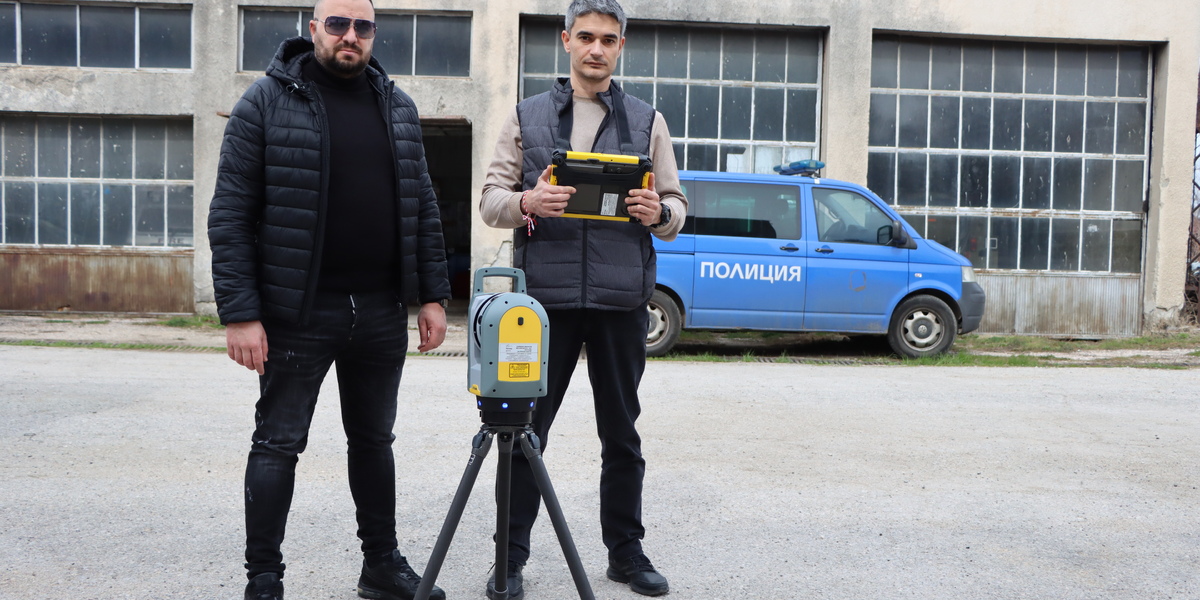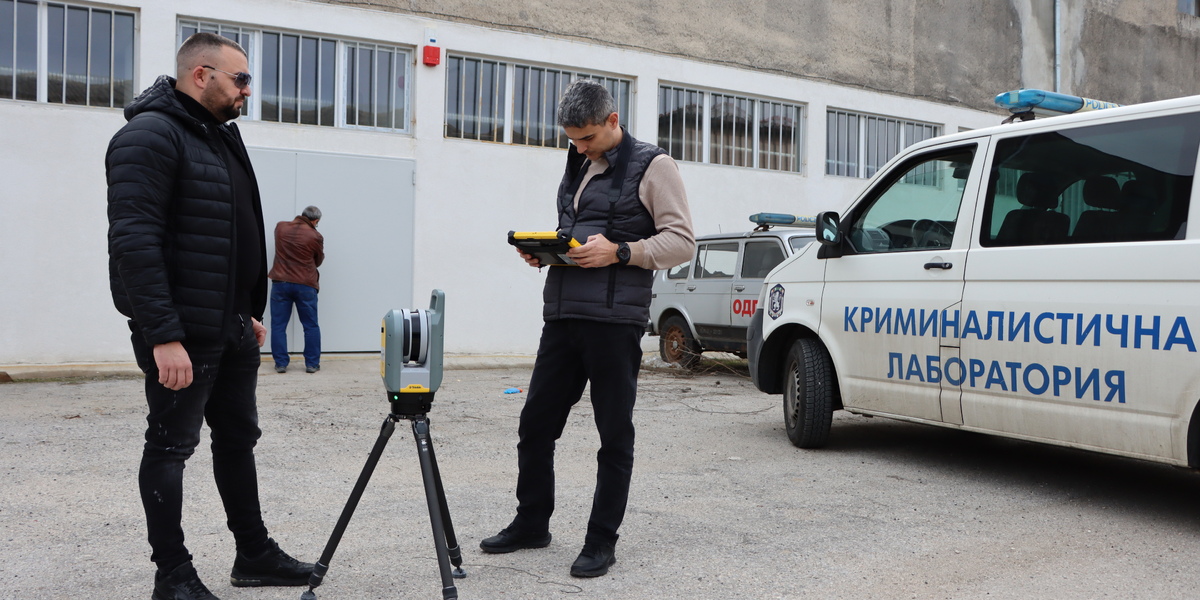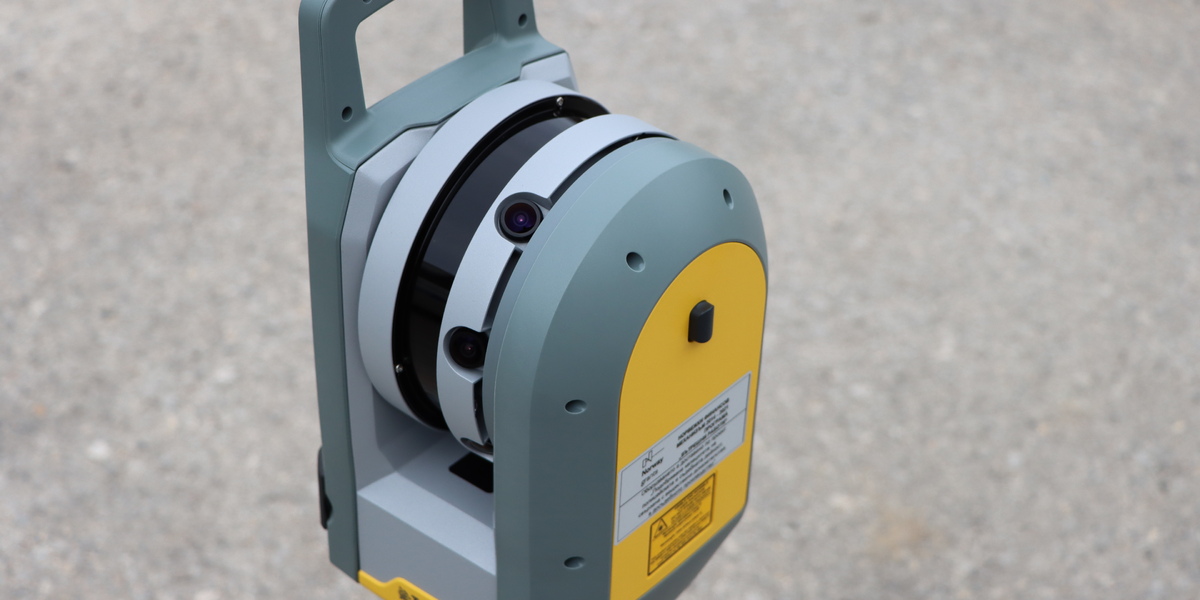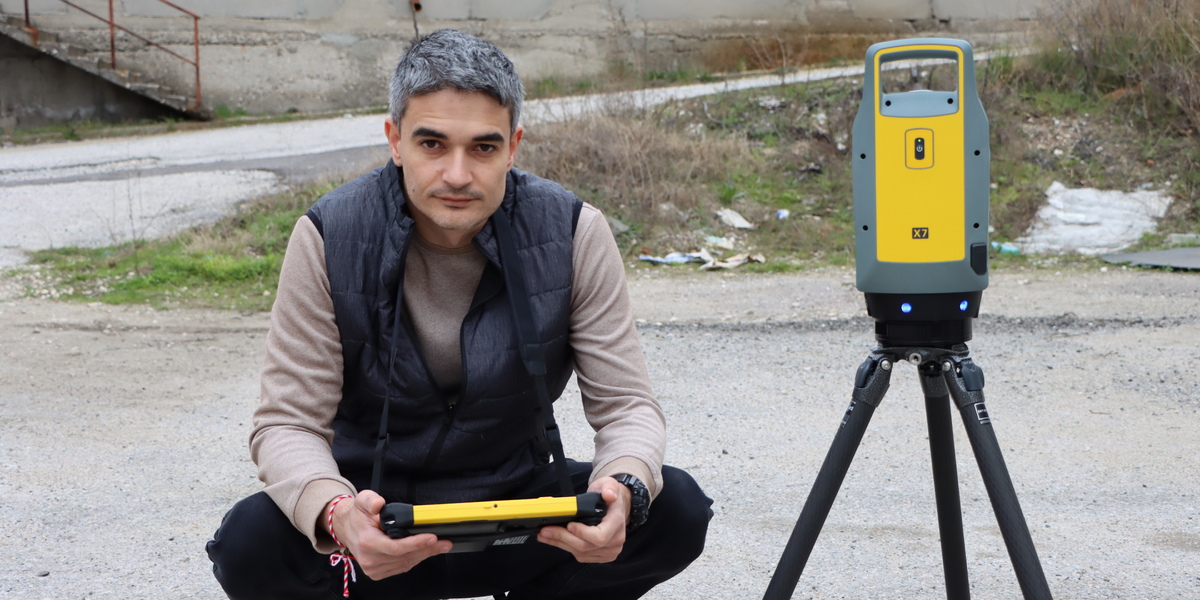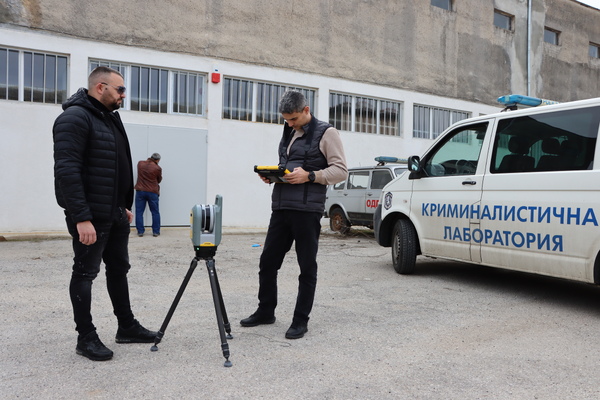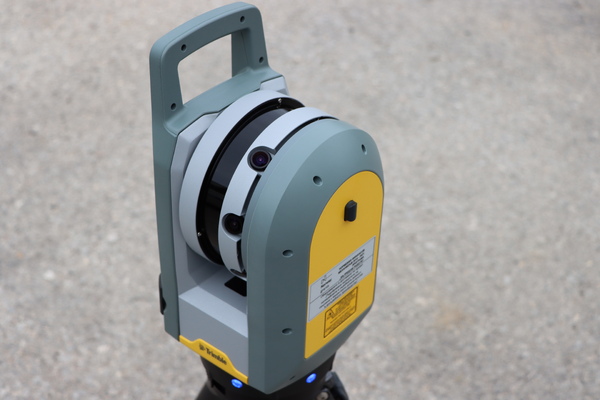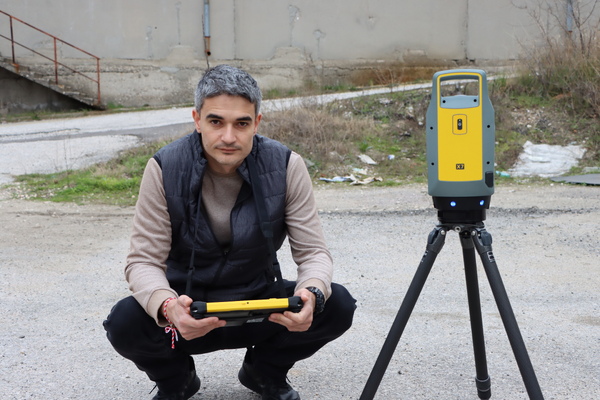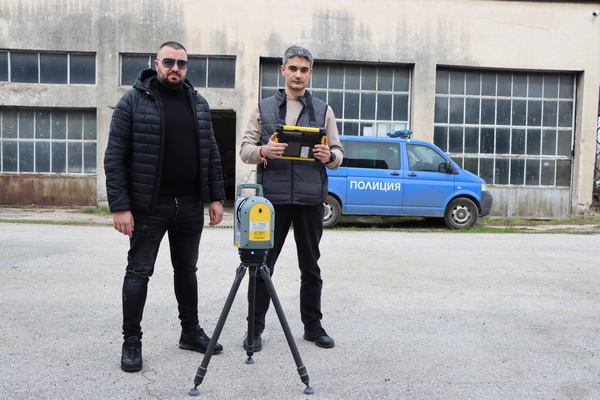
28-03-2023 10:25
Serious traffic accidents, complicated crimes - outdoors or in buildings - the Bulgarian police now have a new assistant in solving them. Three-dimensional crime scene scanners have been purchased and distributed to ten regional directorates of internal affairs in the country. The initiative is part of a project supported by the Norwegian Financial Mechanism. We visited Haskovo, where we met with the team who have already been trained to use the equipment and gave a demonstration of some of its capabilities. Among the main characteristics of serious crime scenes are the large amount of evidence and the large space that investigators have to explore, photograph and describe. How does modern technology help make this easier and better? The scanner is easy to carry - it fits into a slightly larger backpack. It is mounted on a tripod and operated with a special tablet. It is equipped with multiple cameras, with which the rotating head takes a detailed three-dimensional picture of the space within a certain perimeter. If the situation warrants, the scanner moves to the next area, which is also photographed, and the scanner combines all the information into one real virtual walk-through, saved forever, as one of the proofs to the case.
"The substantive work then begins in processing the captured data on a computer," the team in Haskovo say. The captured material allows each object to be examined in detail, distances between any two or more selected points to be measured, space to be measured and much more information to be extracted during a virtual field walk. Return to the crime scene as you found it the first time - this is especially useful in lengthy cases with many witnesses and a long investigation.
Of course, with the introduction of new technology certain challenges arise. For example - the capture area better be restricted from access by people and vehicles because moving objects obstruct the scanner and reduce the capture quality. Light is also important, but here the team from Haskovo has mobile floodlights that it deploys in the field. And last but not least - good communication with the district prosecutor's office and court, so that the results of the three-dimensional capture are accepted as evidence. In Haskovo, this was solved by including the photographed material in the inventory of material evidence and making it an integral part of the case.
In addition to the equipment, the project also includes a complete renovation and equipping of evidence storage warehouses. These include shelving, refrigerated containers, safes and other facilities enabling various items to be stored, subject of course to the necessary level of security. Mobile forensic laboratories are also to be purchased, which will help to make the work on the ground even better.




